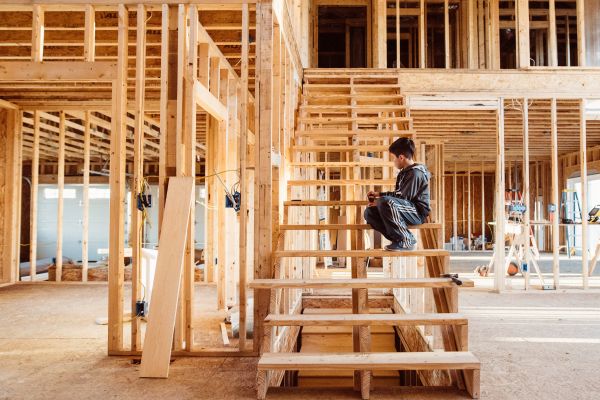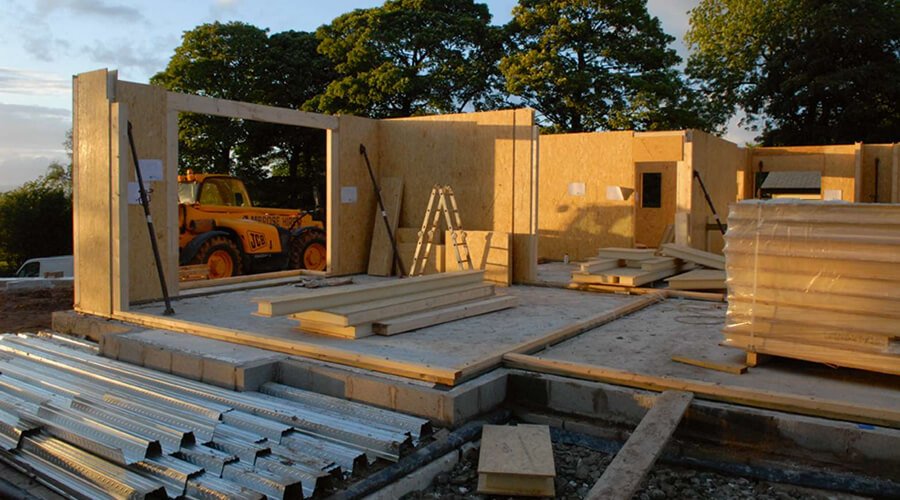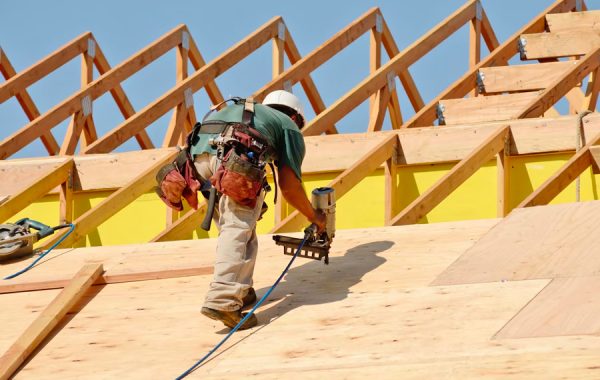
The Intricate Process of Preparing Wood for Construction
Wood, a timeless and versatile material, has been a cornerstone of construction for centuries. From towering structures to cozy homes, wood’s journey from forest to structure is a fascinating tale of transformation. In this article, we explore the intricate process of preparing wood for construction. We explore the various stages that turn a humble tree into a structural masterpiece. We begin with harvesting, then move on to milling, drying, and finishing. Finally, we take a look at the various applications of wood in construction.
Harvesting and Selection:
The first chapter of wood construction begins in the forest. Skilled foresters assess the age, species, and health of trees, carefully selecting those with the ideal characteristics for construction purposes. Sustainable forestry practices play a crucial role in ensuring resource longevity and minimizing environmental impact. After trees are harvested, they are transported to sawmills and converted into lumber. The lumber is then transported to construction sites where it is used to build homes and businesses. Finally, the buildings are occupied and used for years to come.
Logging and Transportation:
Once selected, the chosen trees are skillfully felled and prepared for transportation. The logging process demands precision to avoid damage to the wood and surrounding ecosystem. Innovative technologies, such as aerial drones and advanced machinery, aid efficient logging practices. Sustainable transportation methods, including low-impact skidding and forwarding, minimize the timber industry’s environmental footprint. After being transported, the wood is processed into a variety of products, such as furniture, paper, and construction materials. The wood waste is then used to generate electricity or turned into biofuel.
Milling and Sawing:
At the sawmill, raw logs undergo meticulous transformation. Sawyers, armed with expertise and precision equipment, cut logs into manageable sizes. This stage involves the creation of various wood products, from planks and beams to veneers and boards. Modern sawmills often utilize advanced technologies, such as computerized saws and optimized cutting patterns, to maximize yield and minimize waste. The wood products are then transported to the manufacturer for further processing. The sawmill is an important link in the production of many wood-based products, from furniture to construction.
Drying and Conditioning:
Freshly cut wood contains a lot of moisture that must be removed to enhance its stability and durability. The drying process, often conducted in kilns or air-drying yards, is used to reduce the wood’s moisture content. Proper drying and conditioning are critical to prevent warping, cracking, and decay, ensuring the wood is ready for its purpose. Drying and conditioning are also important to prevent moisture-related problems such as mold growth and insect infestation. Additionally, the kiln process also helps to ensure that the wood is free from contaminants and pests.
Treatment and Preservation:
To protect wood from decay, insects, and fungi, various treatment methods are employed. Pressure treatment with preservatives, such as copper-based compounds, ensures wood longevity. The choice of treatment depends on the wood’s application, with outdoor structures typically receiving more robust protection. Other treatments, such as oiling or painting, can be used to prolong wood’s life. However, these treatments often require more frequent maintenance. Therefore, pressure treatment is often the preferred choice for long-term wood protection.
Engineered Wood Products:
As construction techniques evolve, so does the demand for engineered wood products. Laminated veneer lumber (LVL), particleboard, and oriented strand board (OSB) are examples of composite wood that offer enhanced strength, stability, and versatility. These products expand the possibilities for architects and builders while utilizing wood resources more efficiently. Engineered wood products are also more cost-effective than traditional solid wood products, making them an attractive option for many applications. Additionally, they are more sustainable, as they use less wood than traditional wood products.
Quality Control and Grading:
Before reaching construction sites, wood undergoes rigorous quality control and grading processes. Graders evaluate factors such as knots, defects, and grain patterns to assign grades that determine wood suitability for different applications. This meticulous assessment ensures that only high-quality wood enters the construction process. Graders also assess wood for moisture content and density, which affects its strength and stability. Additionally, they inspect wood for the presence of any contaminants that could compromise its quality.
Conclusion
Wood’s journey from forest to structure is a testament to nature’s synergy with human craftsmanship. From sustainable forest management to advanced milling technologies and innovative treatment methods, every stage in the preparation of wood for construction reflects a commitment to both tradition and progress. As we continue to build our world with this remarkable material, understanding and appreciating the intricate process behind timber transformation adds depth to the structures that stand as enduring testaments to wood’s beauty and functionality in construction. The wood industry has undergone a revolution, with new technologies and processes that enable us to create stronger, more cost-effective, and eco-friendly structures. As the world moves towards more sustainable practices, wood has the potential to play a crucial role in creating a sustainable future.



